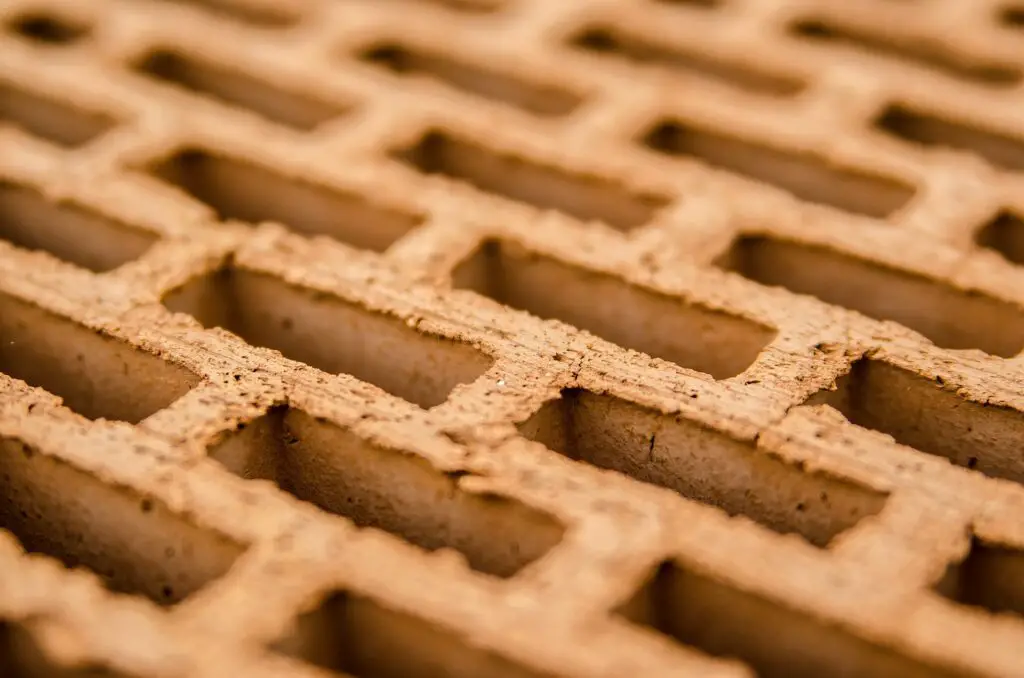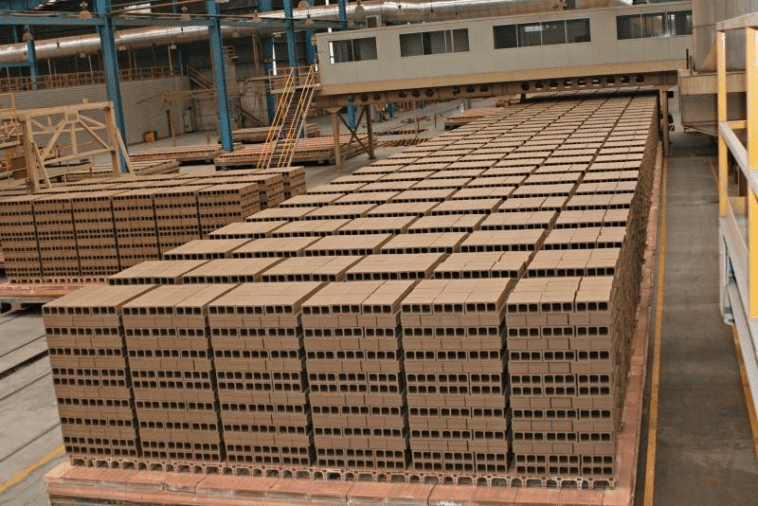Introduction
In the world of architecture, the use of bricks has been a cornerstone for centuries. However, with advancements in technology and innovative techniques, brickmaking has undergone a transformative shift, contributing to the evolution of modern architecture.
In this article, we will explore how these contemporary brick-making methods are revolutionizing the field of architecture, allowing designers to create sustainable, versatile, and aesthetically pleasing structures.
Read on to delve deeper into this transformation.
Outline
1. The Art of Brick Making Through Ages
2. Modern Brick Making Techniques
3. Innovative Applications of Bricks in Architecture
Main Content
1. The Art of Brick Making Through the Ages
The art of brickmaking, dating back millennia, showcases the evolution of human ingenuity and the enduring qualities of a fundamental building material. Below are the key aspects of this historical evolution:
Ancient Techniques and Traditions
Historically, brick-making was a laborious process that involved manual clay shaping and sun-drying. We’ll delve into the traditional techniques and the significance of bricks in ancient architectural marvels:
- Clay Forming and Sun Drying: The earliest method of brick-making dates back to 6000 BC, utilizing the abundant and versatile material – clay. Ancient civilizations would shape the clay into molds and leave them to dry in the sun. This process, while slow, allowed for the production of strong and durable bricks.
- The Introduction of Firing: Around 3000 BC, the ancient civilizations in the Indus Valley and Mesopotamia began the practice of firing bricks in a kiln, enhancing their strength and durability. This process involved heating the bricks to high temperatures, which would harden the clay and make the bricks more resistant to weathering.
- Molding Techniques: Early brickmakers shaped bricks by manually pressing clay into simple wooden or metal molds, creating a smooth finish. These molded bricks were then left to dry in the sun for several days until they were firm enough to handle.
Evolution of Brick Making
The transition from manual to mechanized brickmaking revolutionized the construction industry. We’ll discuss below the advent of industrialization and the impact it had on brick production:
- Early Mechanization: The Industrial Revolution sparked the advent of brick-making machines, automating the molding process and boosting productivity. These early machines still relied heavily on manual labor, but they reduced the physical effort required and improved consistency in brick size and shape.
- The advent of Extrusion Technology: The advent of 20th-century extrusion technology, shaping clay into a continuous column before cutting it into bricks, marked a pivotal evolution in brick-making machinery. This technology allowed for the mass production of bricks, significantly reducing the cost and increasing the availability of bricks for construction.
- Modern Brick-Making Machines: The introduction of extrusion technology in the 20th century significantly revolutionized brick-making machinery. They are designed to produce high-quality bricks in a more environmentally friendly manner.

2. Modern Brick Making Techniques
Modern brick-making techniques have advanced significantly, skillfully merging efficiency and sustainability to meet growing industry demands and support environmental conservation. Let’s delve into three main aspects of modern brick-making:
Extrusion Technology
Extrusion technology has revolutionized the brick-making industry. This technique involves forcing a continuous ‘slug’ of clay through a die, shaping it into a long, continuous column with a uniform cross-sectional shape. Extrusion technology shapes a continuous clay column into individual bricks, ensuring uniformity. This high-speed method boosts brick-making efficiency and production significantly.
Sustainable Materials and Practices
Environmental concerns have led to the adoption of sustainable materials and practices in brickmaking. Today, manufacturers increasingly use recycled materials such as fly ash, a byproduct of coal combustion, in their bricks. Modern brick-making increasingly employs eco-friendly methods, such as using solar power for drying, wastewater reuse, and recycling of waste bricks.
Advanced Kiln Technologies
Kiln technology has also advanced significantly. Modern kilns are energy-efficient and capable of firing bricks at high temperatures uniformly, ensuring high-quality output. They use computerized schedules for efficient firing and energy conservation. Tunnel and Hoffmann kilns improve brick quality and sustainability via efficient operation and reduced emissions.
3. Innovative Applications of Bricks in Architecture
Bricks, known for their durability, aesthetics, and versatility, have become more prominent in modern construction due to innovative designs and applications. Below are the key areas where the innovation in the brick application is quite prominent:
Versatility and Aesthetics
Bricks offer a unique combination of versatility and aesthetics, making them a popular choice for architects. They can be molded into various shapes and sizes, allowing for an extensive range of design possibilities. Bricks, with their varying colors and textures, enhance a structure’s aesthetics. Their innovative use, like curved walls or intricate patterns, adds distinct charm to buildings.
Energy Efficiency and Insulation
Bricks play a critical role in energy-efficient architecture. They possess excellent thermal mass, absorbing heat during the day and releasing it at night. This property helps regulate indoor temperatures, reducing the need for artificial heating and cooling systems, and consequently lowering energy consumption. In addition, bricks provide excellent sound insulation, contributing to a comfortable and quiet indoor environment.
Load-Bearing Capabilities
Bricks are renowned for their load-bearing capabilities. They are a sturdy and durable material that can support substantial weight, making them suitable for constructing multi-story buildings. Advanced brick technology has resulted in stronger, more durable bricks, broadening their load-bearing potential and inspiring unique structural designs like arches and vaulted ceilings.
Conclusion
In conclusion, modern brick-making techniques have redefined the role of bricks in innovative architecture. From their humble origins to the current state-of-the-art processes, bricks remain a fundamental building material. With sustainability, versatility, and aesthetic appeal, bricks will continue to play a pivotal role in shaping the architecture of the future.
If you wish to learn more about the advancements in brick technology and its applications in architecture, please don’t hesitate to contact us. Our team is ready to provide insights and answer any queries you might have.




